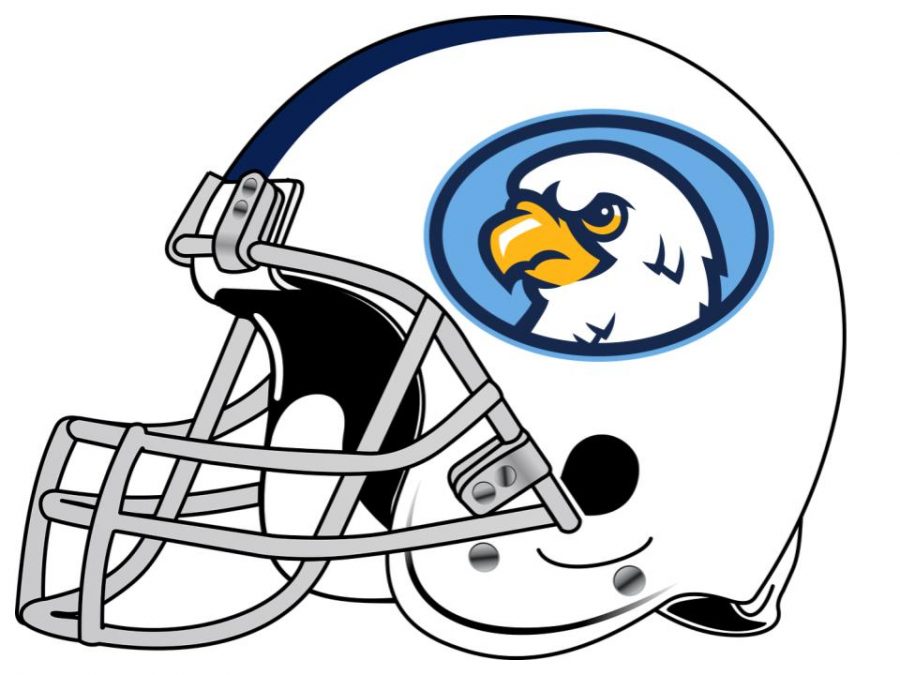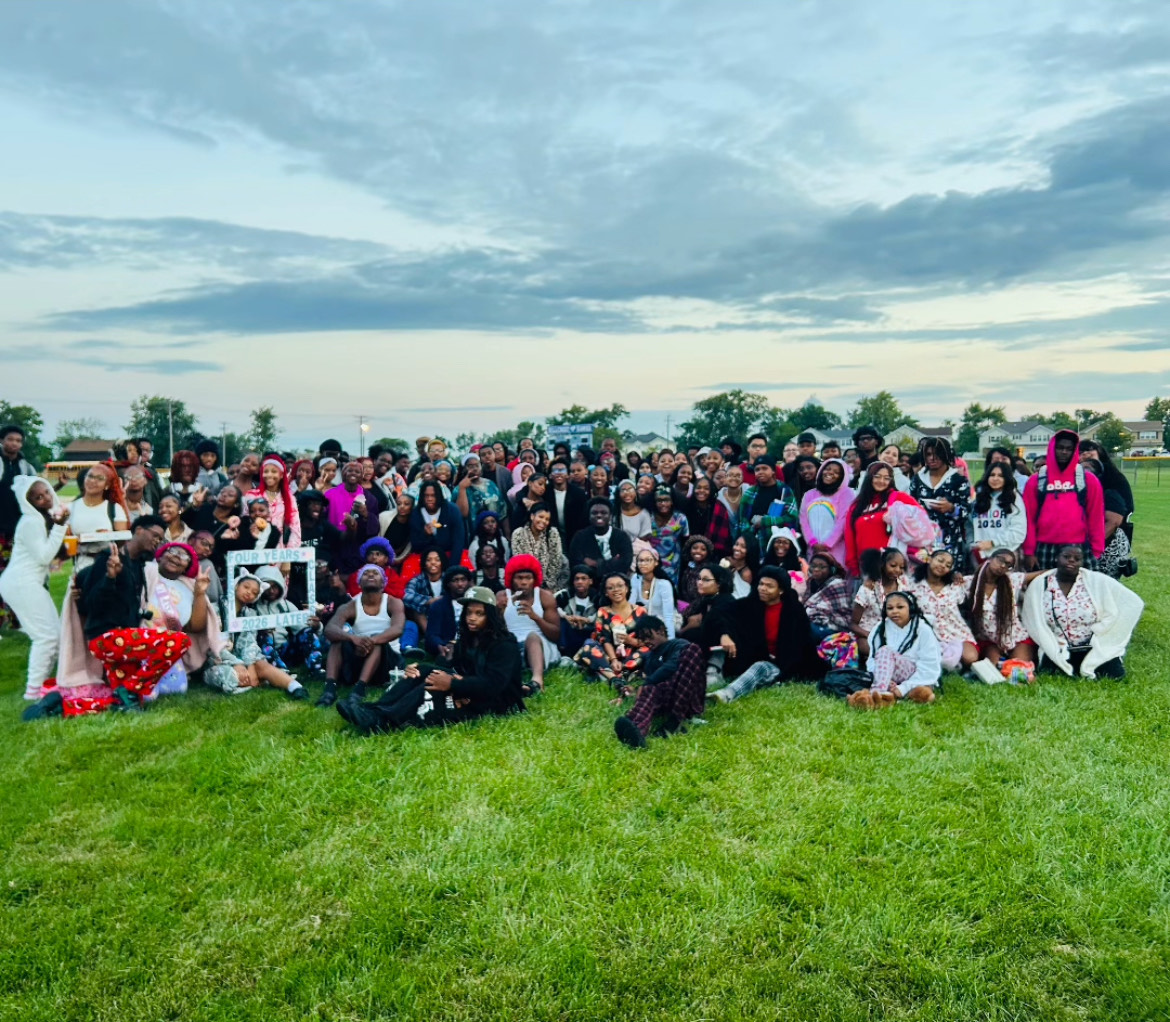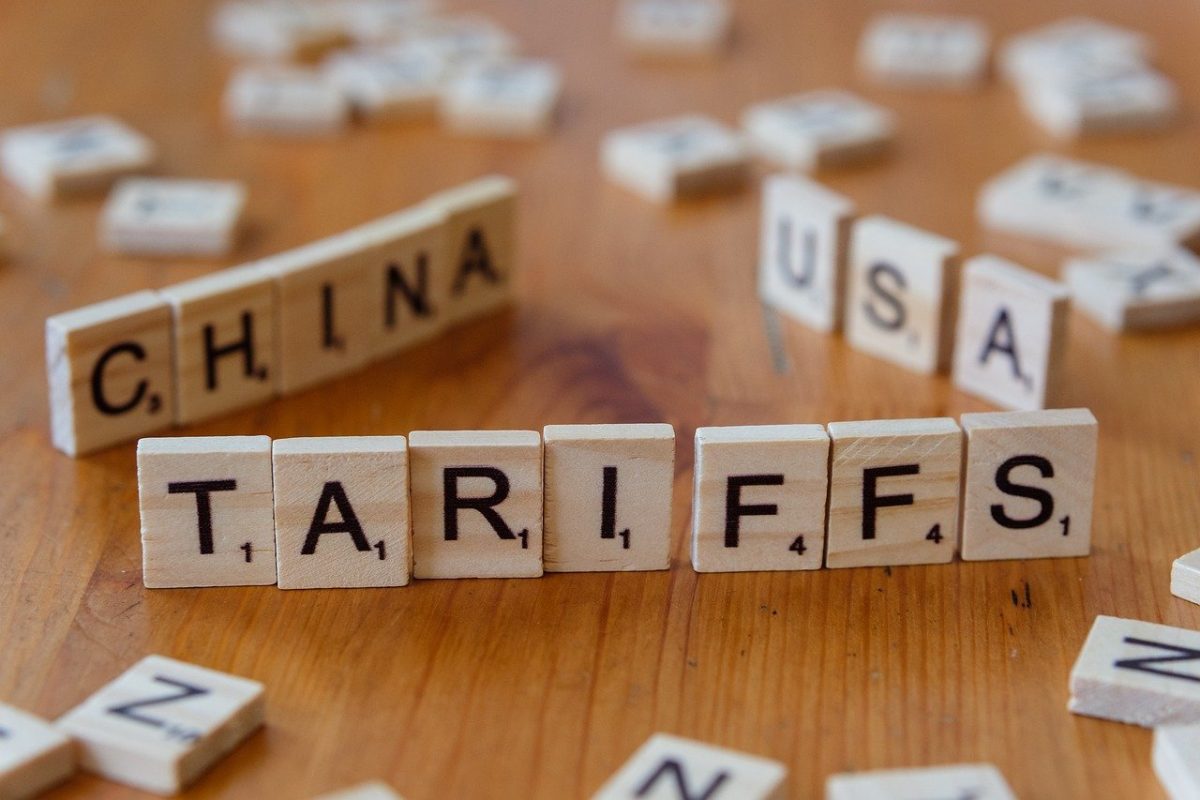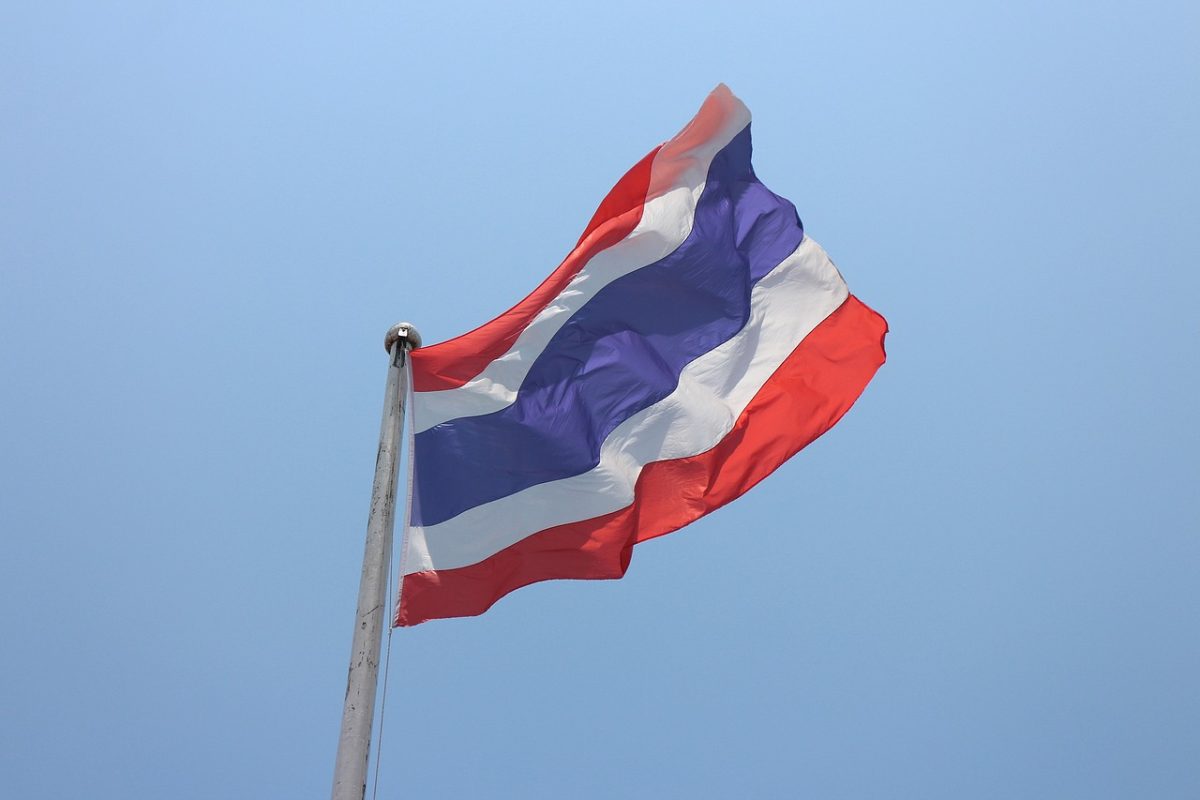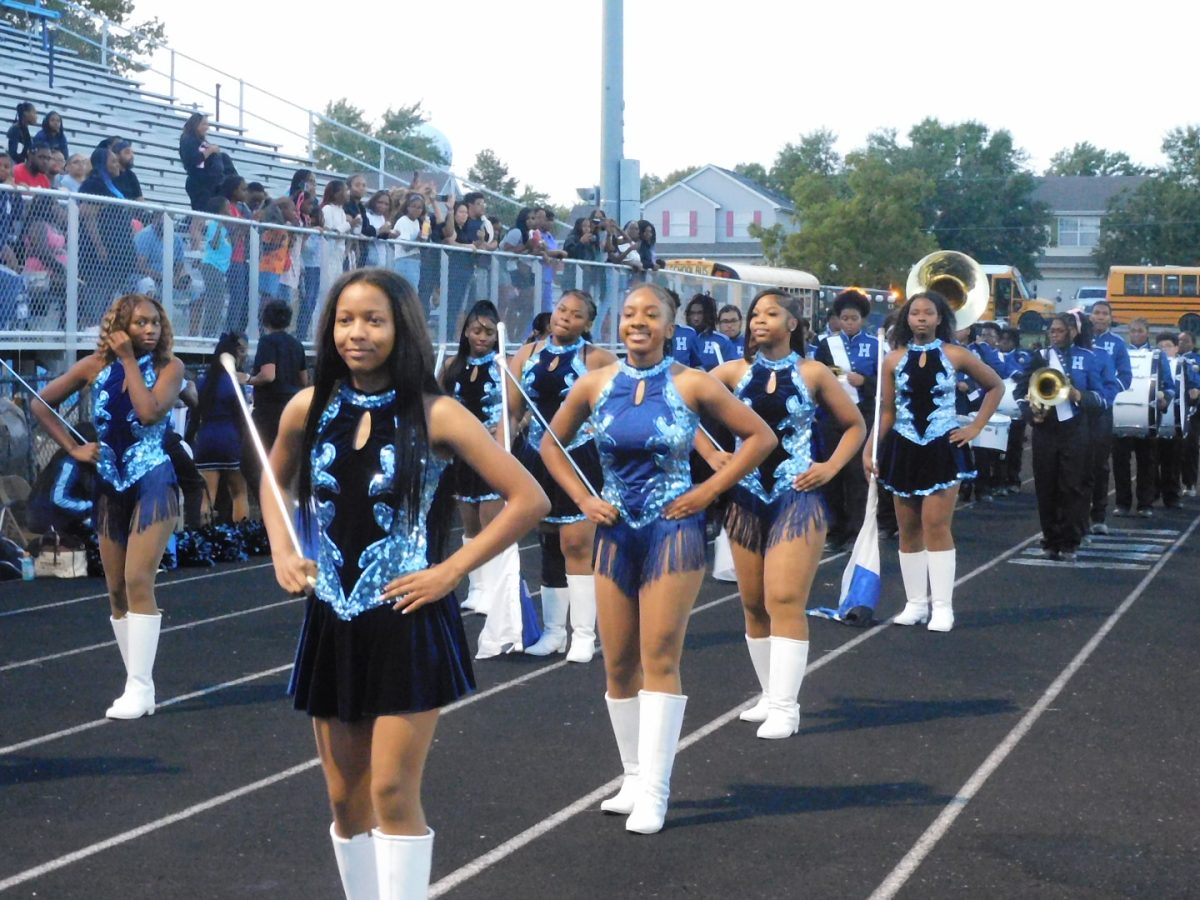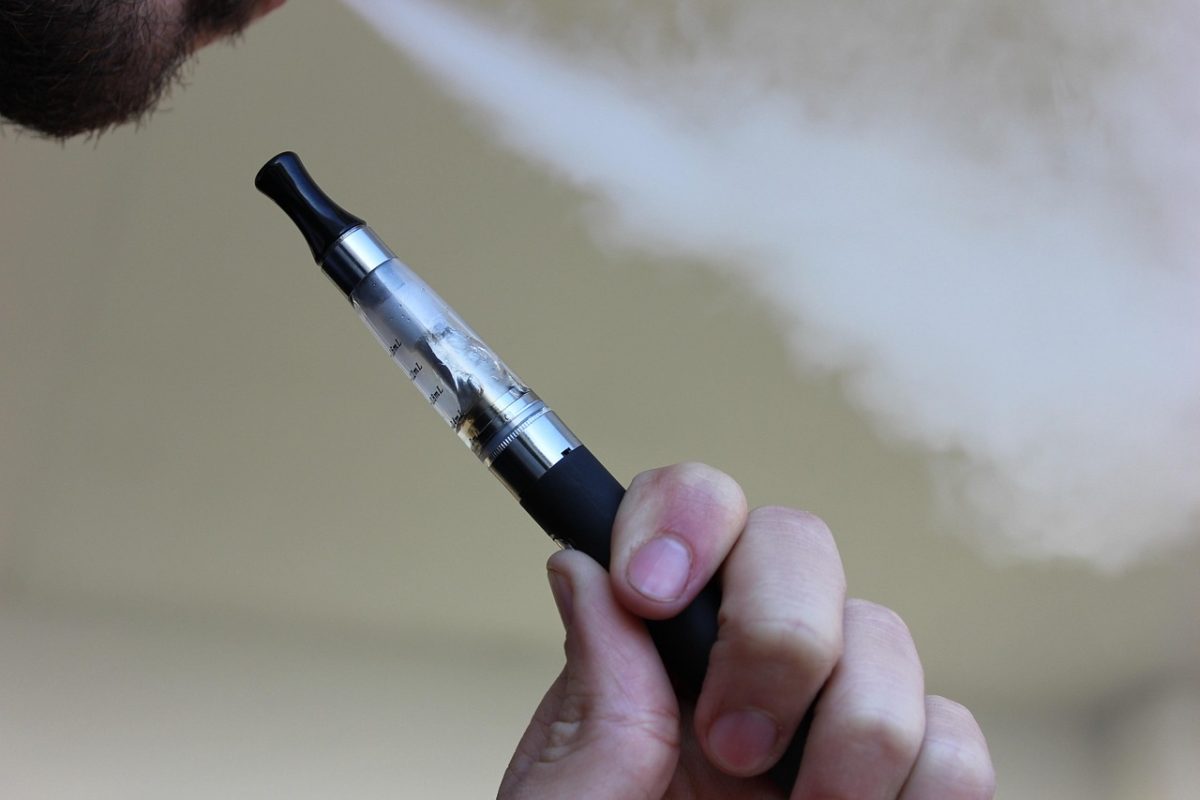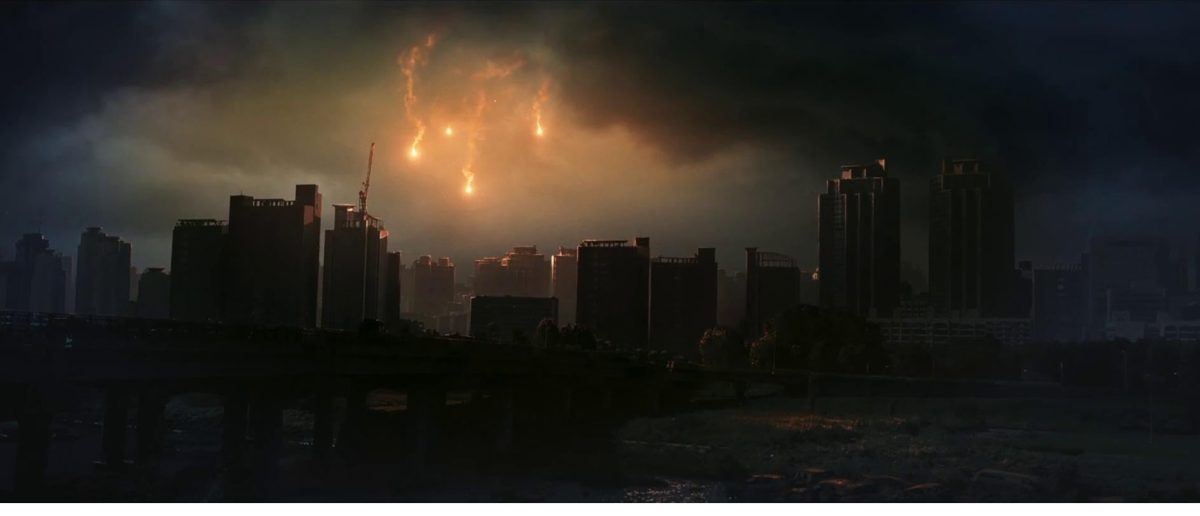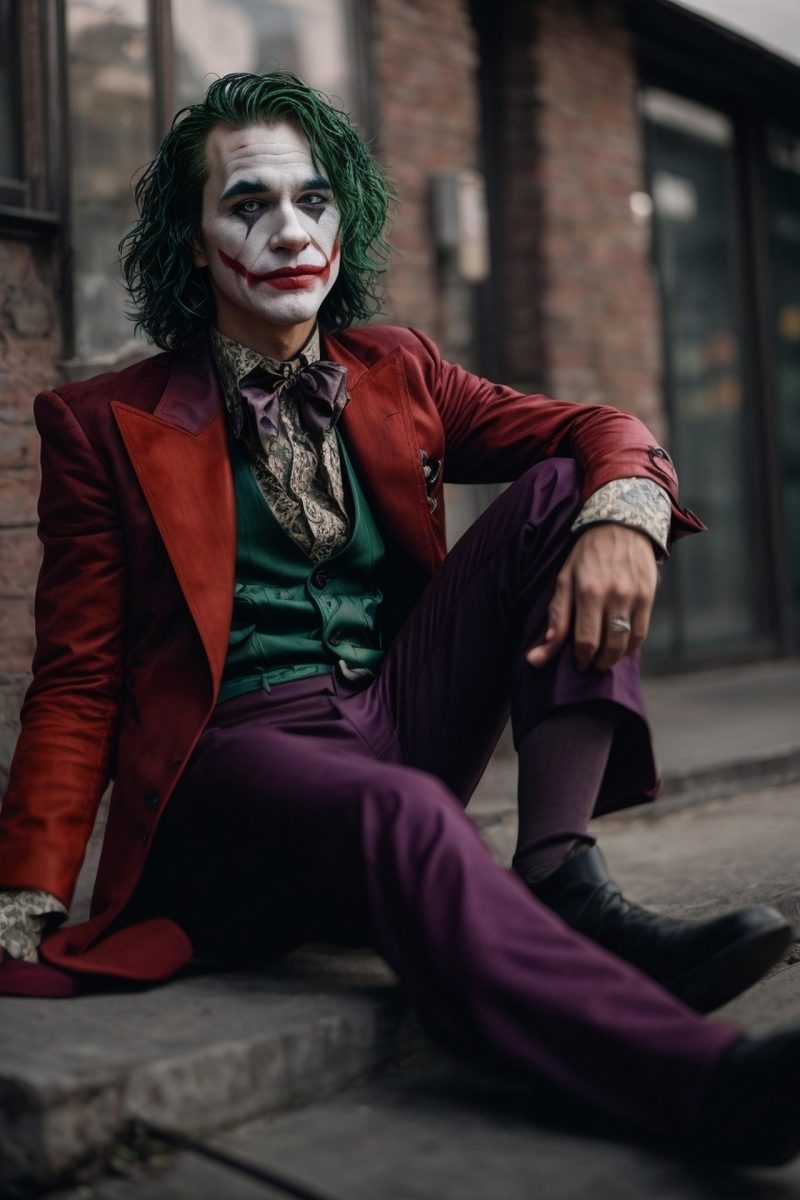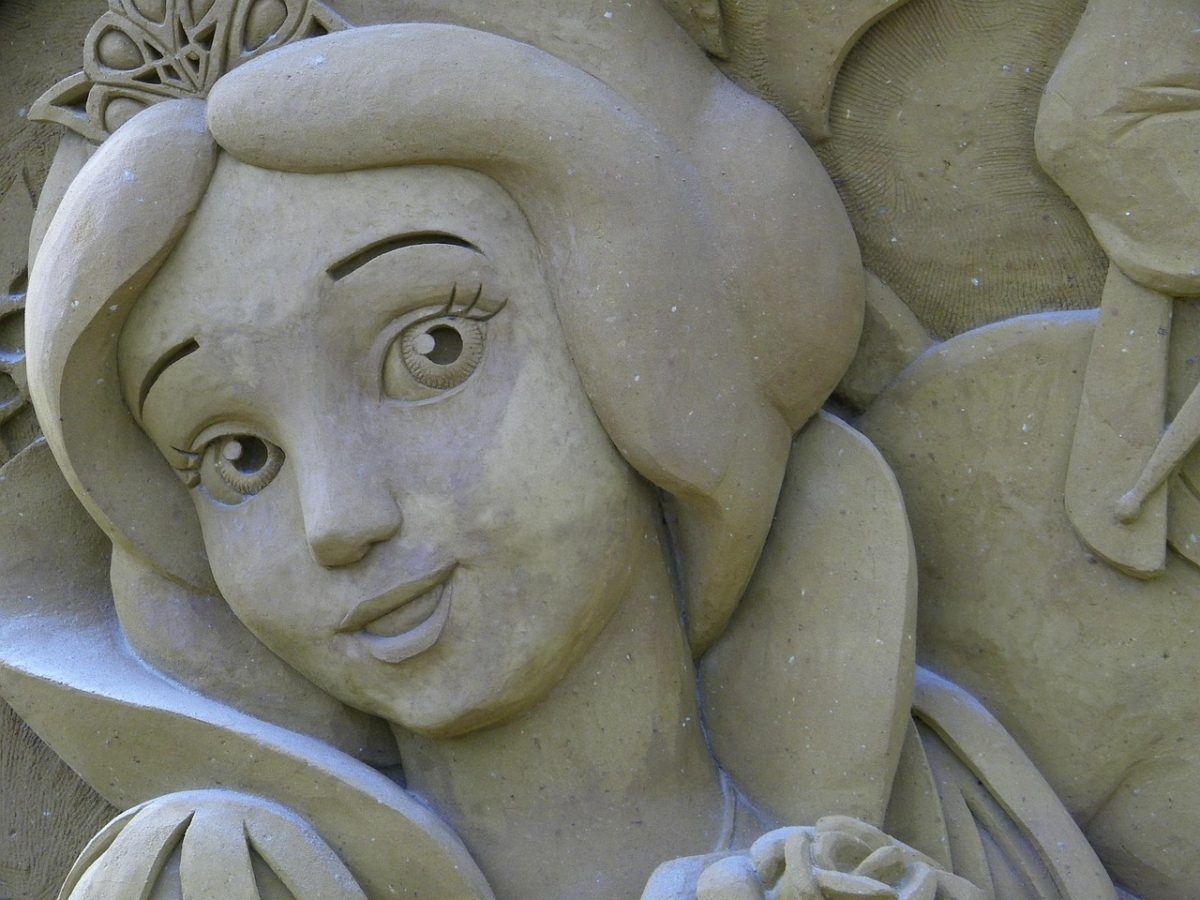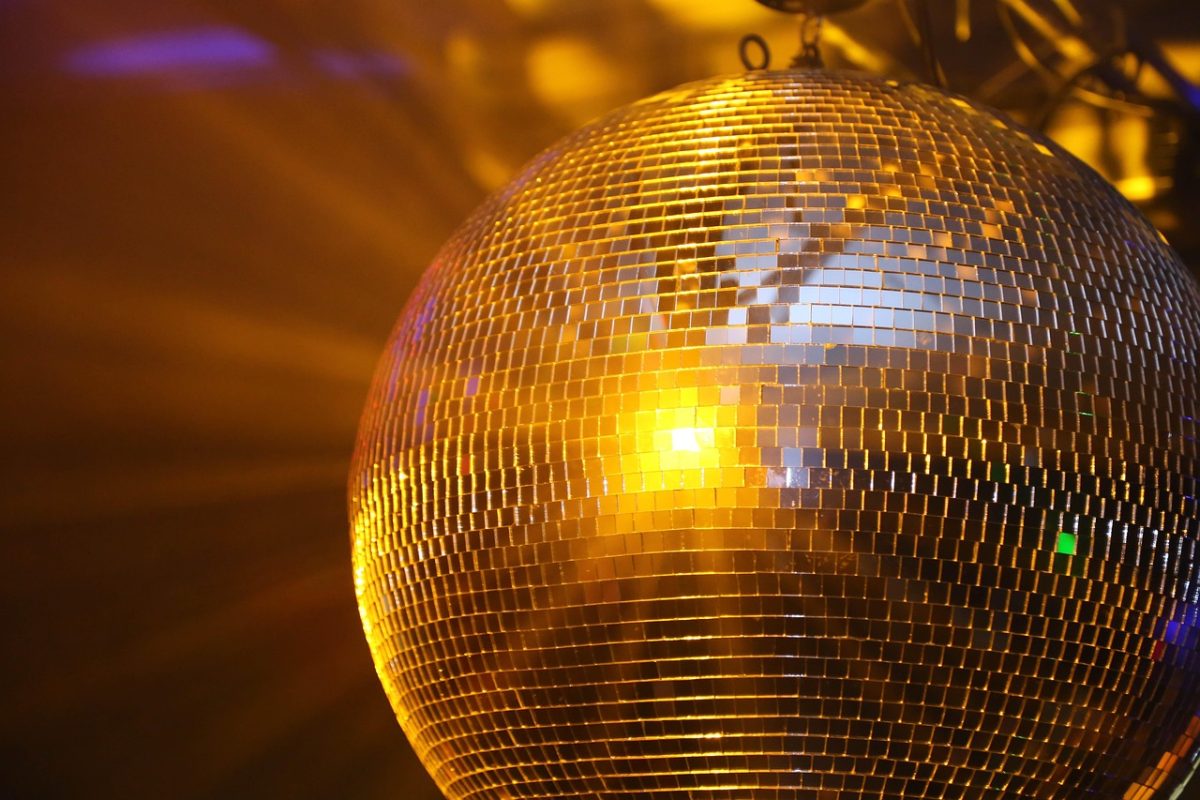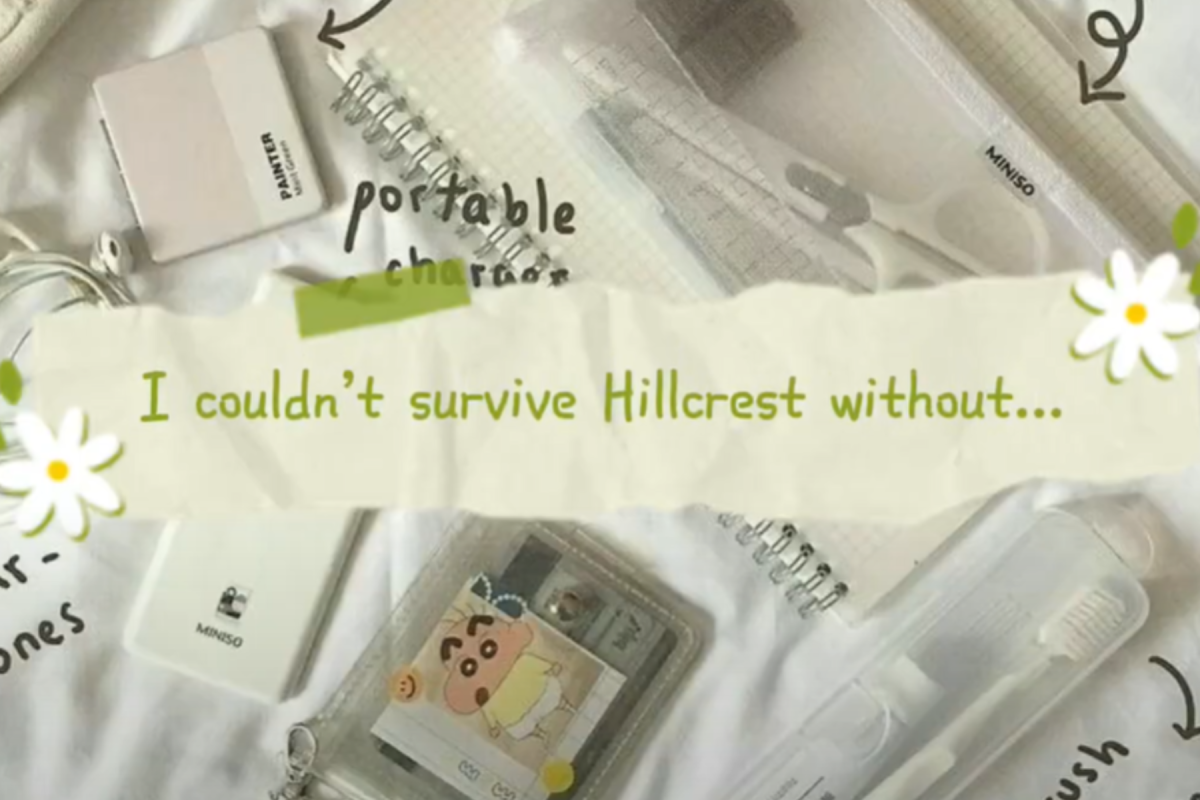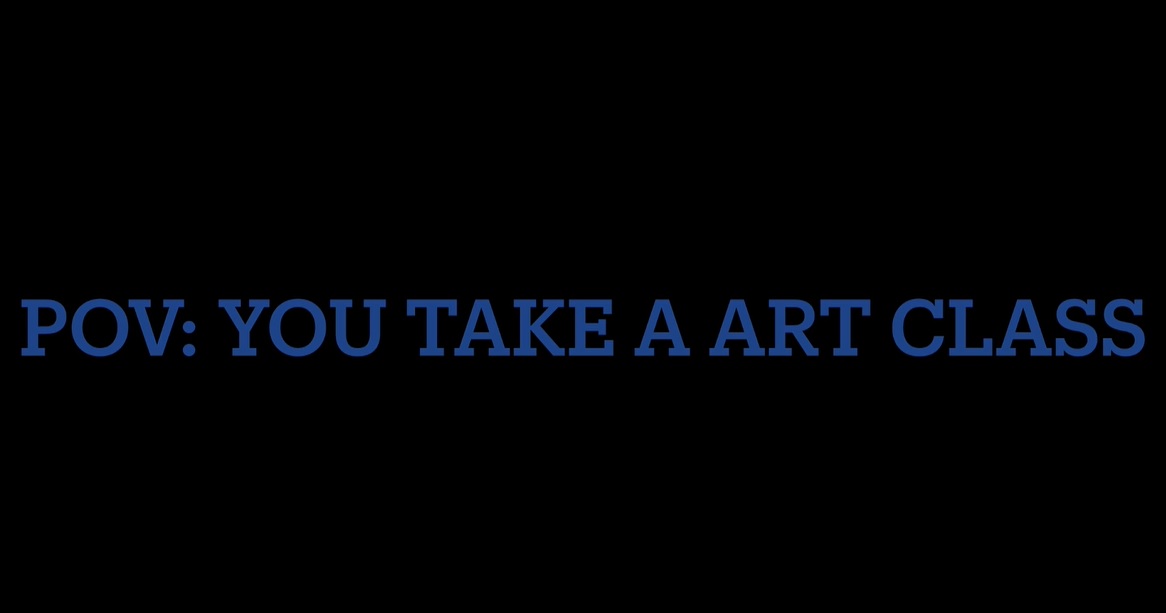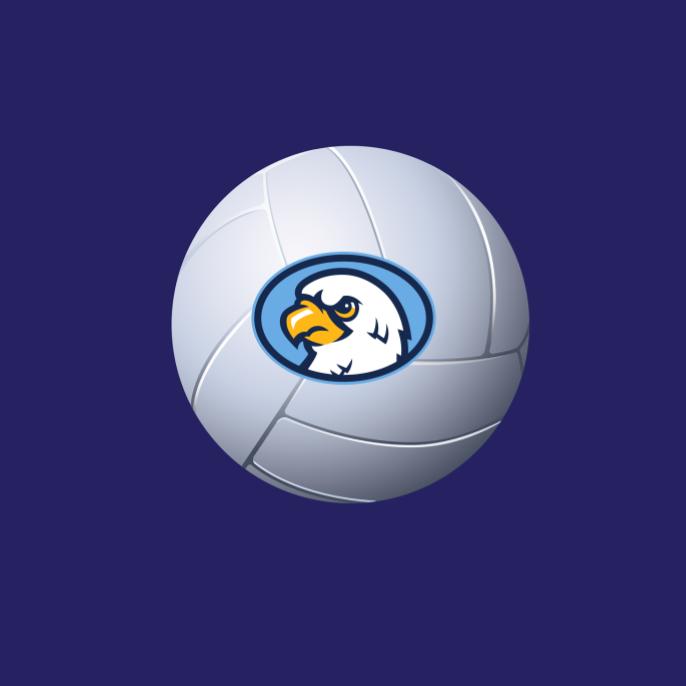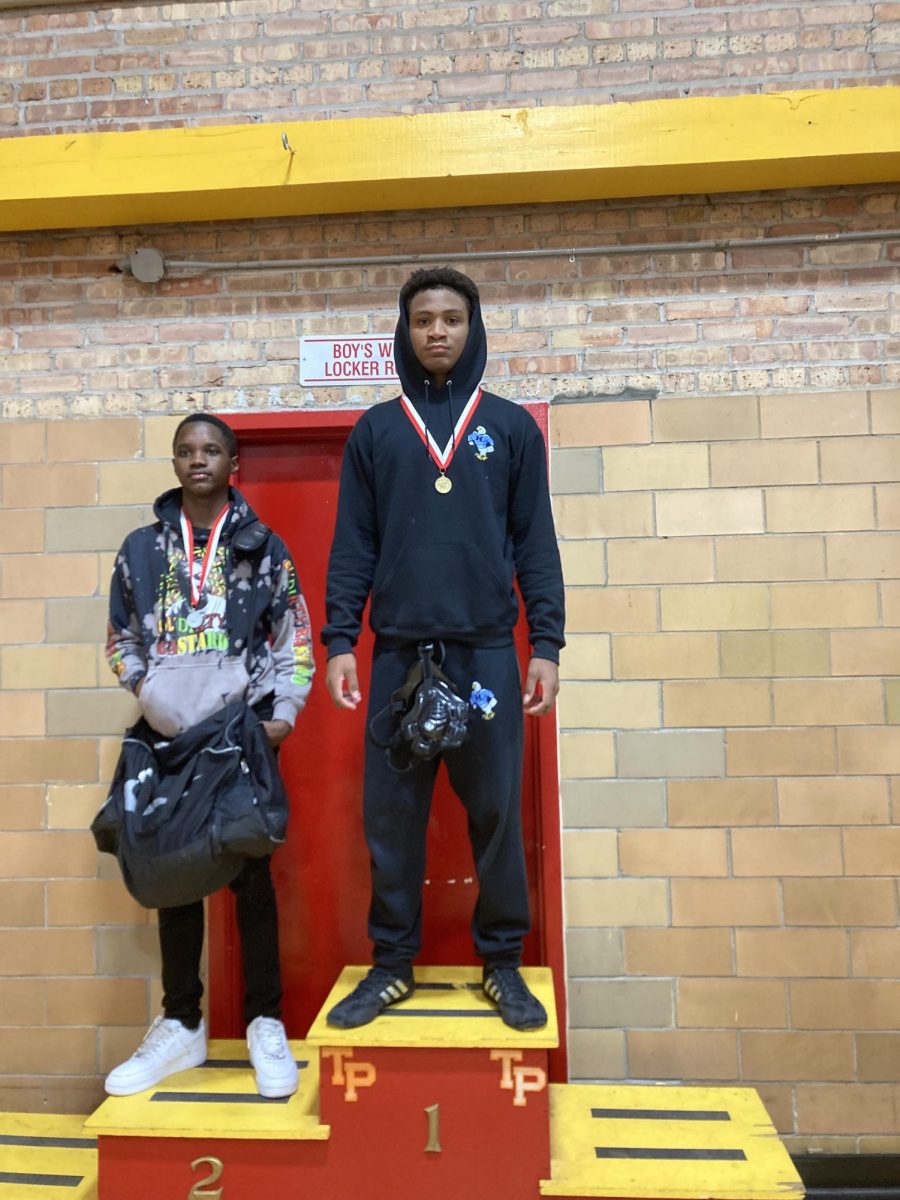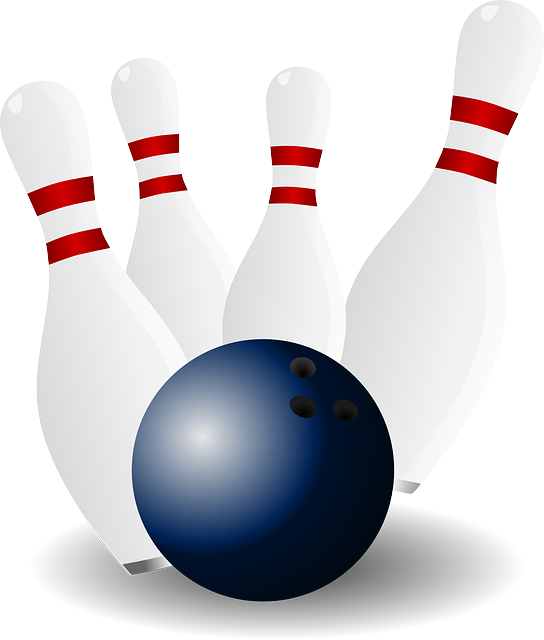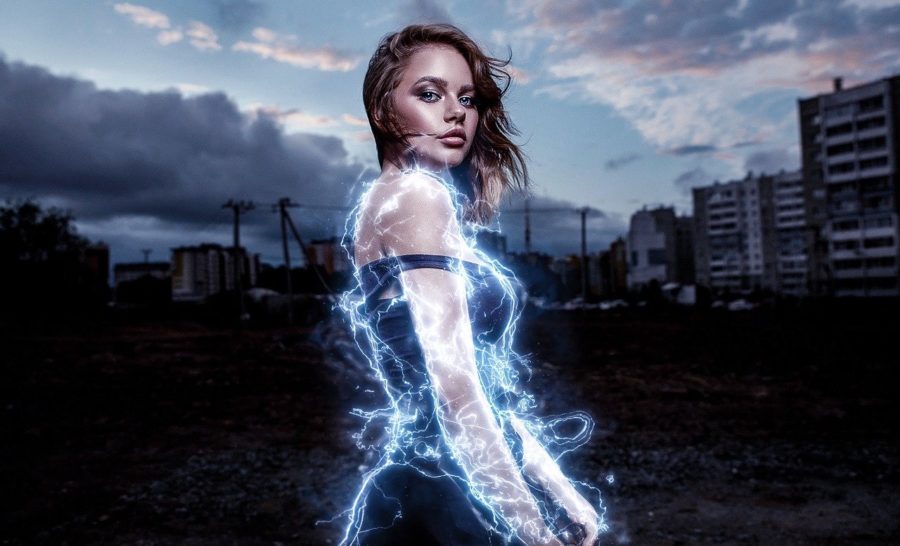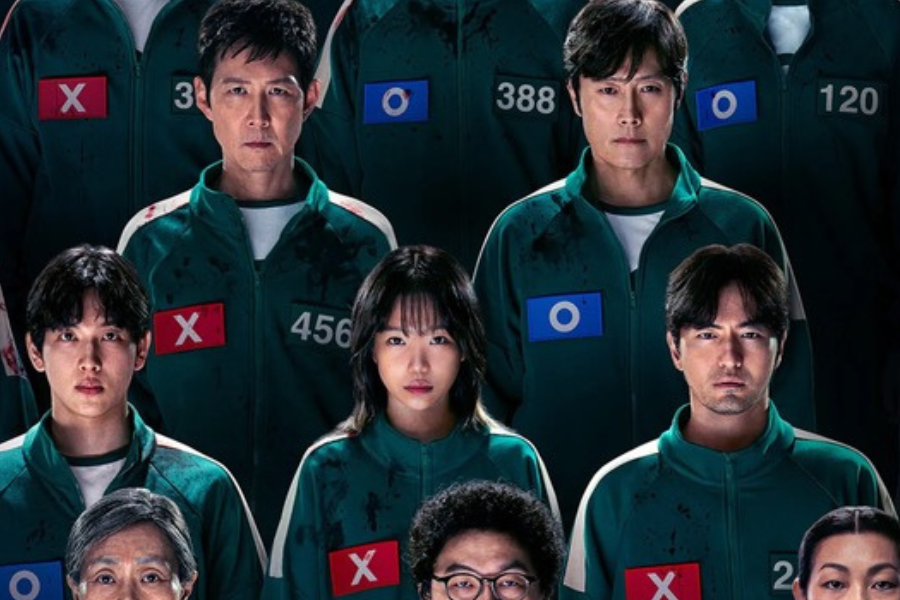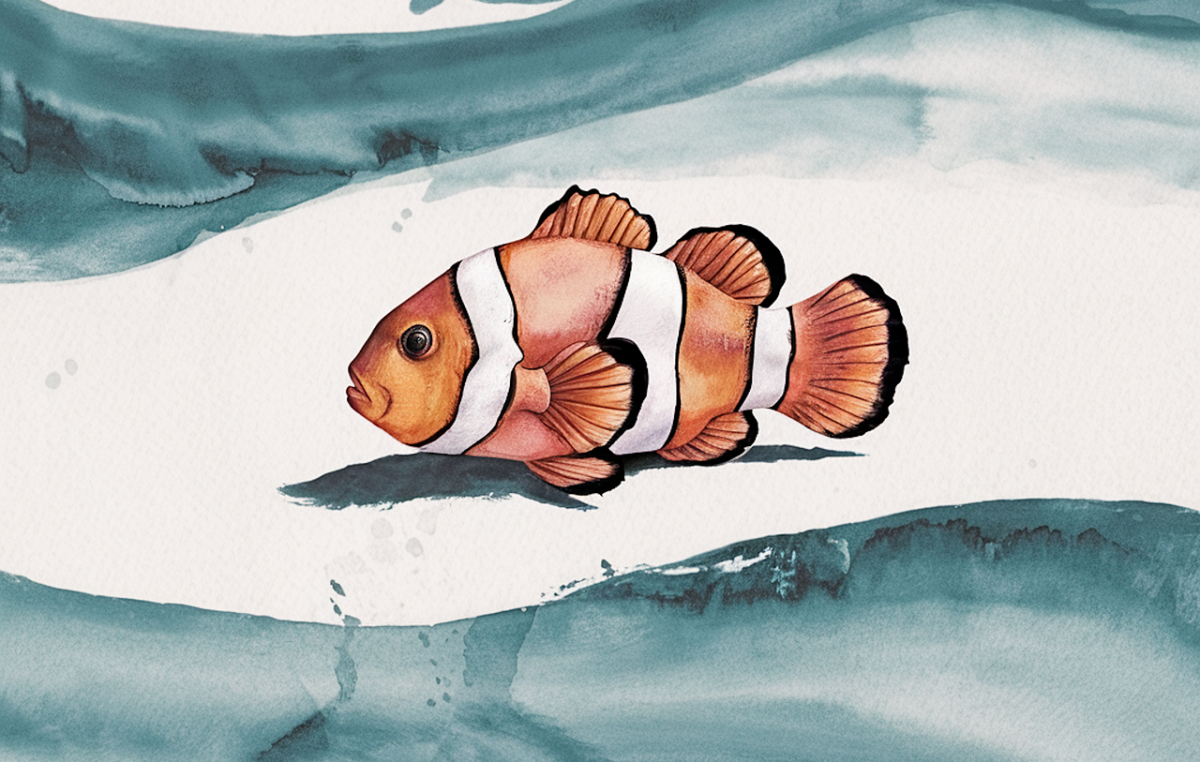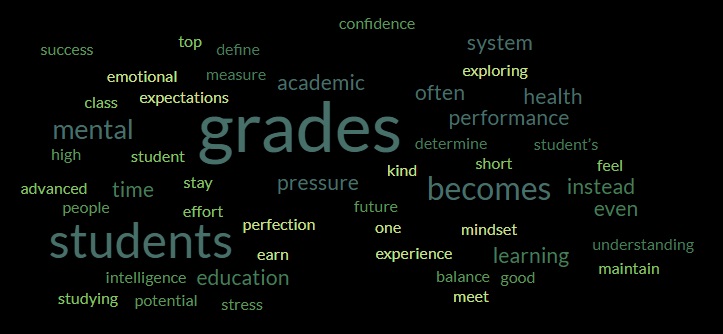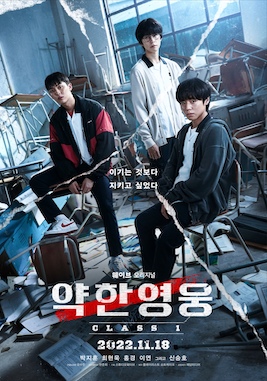
Unlike the glossy high school dramas that glorify friendship and romance, Weak Hero Class exposes the brutal truth of adolescence, where survival means fighting not only bullies, but your own breaking point. On the surface it’s a violent, gritty story of bullying and revenge but underneath there’s a sharp, psychological study of trauma, isolation and friendship.
Based on the WEBTOON Weak hero (released in 2018), the K-Drama adaptation is very popular for its raw portrayal of adolescent mental health and the psychological cost of survival in a hostile environment.
The main character, Yeon Si-eun, is a quiet top student far from defenseless. What makes Si-eun captivating is not just his unusual methods of fighting back against bullying—using his intelligence, objects in his environment, and psychological tactics—but the way his mind works under pressure.
His character is very interesting as he’s someone who masks his internal trauma with a cold personality. Until he meets Su-ho, who is the opposite as he’s more skilled in athletics and excellent fighting skills while Si-eun is more skilled in academics. After meeting him does Si-eun slowly start to melt and open up while still keeping to himself. He also meets another character, Beom-seok, who is an interesting person and later on would be the reason why Si-eun developed a lot of trauma.
Unlike most high school K-Drama’s that glamorize fighting and bullying, Weak Hero Class dives into more of the darker side of things. Si-eun’s actions, while often shown as necessary self-defense, make us curious about the psychological toll of constantly being hyper aware and trying to survive.
This drama also gives a breakdown on emotional repression—pressure faced by many teenagers. Characters like Su-ho and Beom-seok represent two sides: one expresses rage through physical strength and the other keeps it in until it slowly breaks him down. In the show, Beom-seok is a very shy and quiet person but jealousy gets the better of him and he starts to become more aggressive and rude towards others and stops talking to Si-eun and Su-ho all together as he felt that he was being left out. However, Su-ho is the opposite where he keeps his cool and only uses violence on people who hurt anyone he cares about. Both responses are rooted in psychological trauma, yet the series doesn’t give any answers or redemption for the characters.
Viewers aren’t just watching fights—they’re witnessing the breakdown of young minds under immense pressure from school, family, and society. In a society where academic success often overshadows emotional well being, Weak Hero Class goes beyond entertainment, it reflects the cost of neglecting mental health.
By facing issues like isolation, emotional repression, and the toxic link between strength and violence, the series challenges the audience to rethink what endurance means. It reminds us that intelligence is not endurance and silence is not strength.
Beyond all the fighting, Weak Hero Class shows how easily youth can easily be lost and how important it is to maintain that.

